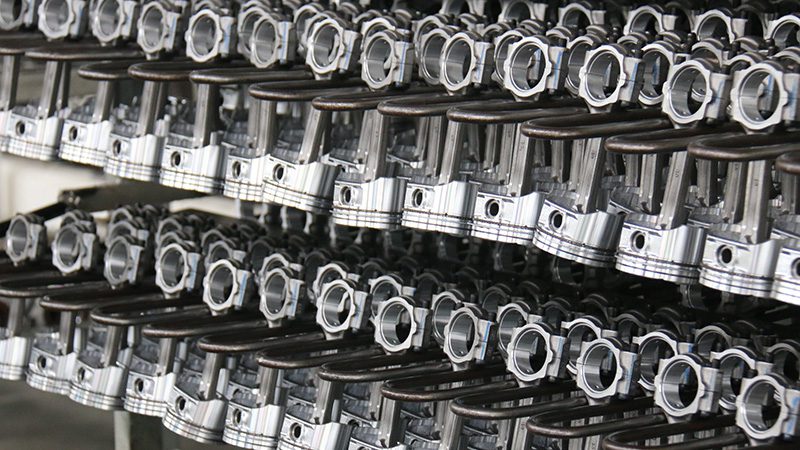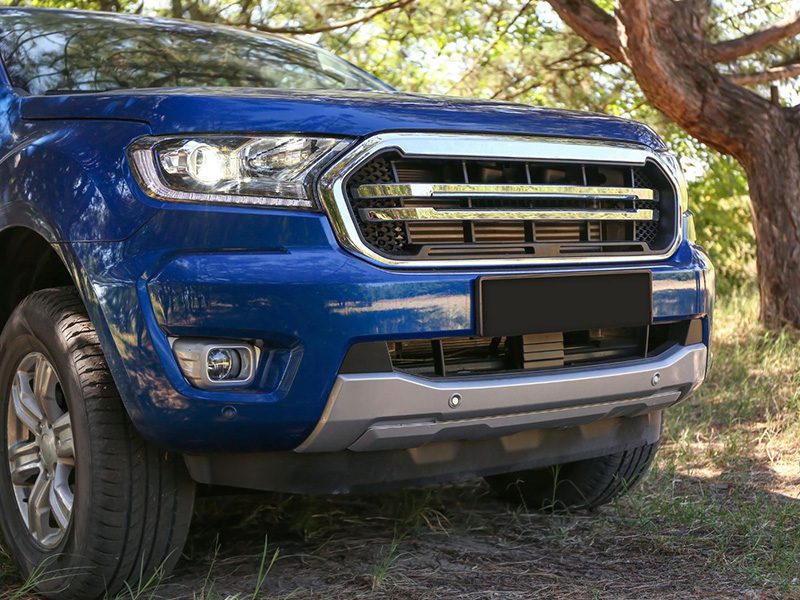The desire for efficient power is growing among automobile owners. Chevrolet’s TurboMax engine is a revolutionary solution in this situation. It is flawlessly designed for modern performance, muscle, and accuracy.
For performance-based requirements, TurboMax combines fuel-smart action with turbocharged torque. Everything you need to choose a Chevrolet TurboMax for business purposes is uncovered in this article.
The Chevrolet TurboMax Engine: What Is It?
It is a General Motors (GM) 2.7L inline-four (I4) turbocharged powerhouse. The L3B high-output engine was first released in 2019.
The 3.6L and 4.3L engines, two outdated V6 options, were intended to be replaced by this model. In 2024, it was renamed “TurboMax” to highlight its performance capabilities.
For entry-level trucks, TurboMax provides a more potent and effective substitute. Many GM light-duty pickups now come with it as standard.
The TurboMax’s output is surprisingly close to that of the 6.2L V8 despite being a four-cylinder engine. Because of this, it’s a more attractive choice than raw displacement in terms of torque and efficiency.

The TurboMax Engine’s Advanced Technologies
1. System of Turbocharging
To push more air into the combustion chamber, the engine employs a single twin-scroll turbocharger. As a result, it maintains a small footprint while increasing power output. It is perfect for off-road driving, towing, and hauling due to its early torque delivery, which peaks at 1,500 rpm.
2. Features of Advanced Engineering
- Direct Fuel Injection: Accurate fuel measurement for improved fuel economy and cleaner combustion.
- Variable valve timing: Optimizes performance over a range of RPMs by dynamically adjusting valve operation.
- Forged Bottom End: Designed to resemble diesel strength and last under high boost pressures.
- Active Fuel Management (AFM): It turns off cylinders when there is little load to save fuel.
In 2024, more than 30% of Silverado 1500 sales were of trucks with TurboMax engines, up from 18% in 2023. In 2024, GM increased buyer confidence by extending the TurboMax warranty by 40,000 miles.
Four Cylinder TurboMax Specifications in Chevrolet Trucks
1. Configuration of the Mechanical System
- 2.7 liters (2,713 cc) of displacement.
- Inline-4 (I4) setup.
- Having a dual BorgWarner turbocharger that can produce up to 27 psi of boost.
- Dual overhead camshafts (DOHC) with variable valve timing make up the valvetrain.
- Direct fuel injection at high pressure (up to 3,000 psi).
2. Features of Durability
- Crankshaft and connecting rods made of forged steel.
- Cylinder liners made of cast iron.
- Turbo cooling system with a thermosyphon.
- Timing chain drive with a full service life.

3. Output of Power (HP and LB-FT)
At 5600 rpm, the TurboMax reliably produces 310 horsepower and 430 lb-ft of torque at 1500 rpm. No matter the model, it is applicable to all GM automobiles.
4. Effective Fuel Economy
The TurboMax engine is designed to operate efficiently. When it comes to mixed-use and urban driving, it produces the best results.
The TurboMax has competitive highway numbers and better city mileage than the 5.3L V8 (16/21/18) and 6.2L V8 (15/20/17).
5. Pulling Power and Acceleration
- 0–60 mph: In lighter versions, such as the Colorado ZR2 Bison, this can be accomplished in as little as 6.5–7.0 seconds.
- Throttle Response: It is perfect for off-roading and towing due to its early torque delivery at 1,500 rpm.

TurboMax Engine Benefits in Chevy Trucks
1. Superb Torque in a Small Package
As early as 1,500 rpm, the TurboMax can produce 430 lb-ft of torque. It’s a great option for off-road driving, hauling, and towing. Many V8s are matched or even surpassed by the low-end grunt.
It almost equals the 6.2L V8 (460 lb-ft) and outperforms Chevy’s 5.3L V8 (383 lb-ft). Additionally, Ram’s 3.6L Pentastar V6 (271 lb-ft) and Ford‘s 2.7L EcoBoost V6 (400 lb-ft) are incomparable.
Owners of trucks say they can tow heavy equipment up to 9500 lbs, including boats and trailers. To demonstrate the TurboMax’s unquestionable dominance, the payloads even reached 2280 lbs.
2. Cutting-Edge Turbocharging Technology
For improved flow and less turbo lag, Chevy’s dual turbocharger design divides exhaust pulses. It enhances torque delivery and throttle response.
Additionally, two smaller turbos mimic each other’s behavior to spool up more quickly. When instant torque is crucial, such a setup performs well in stop-and-go traffic or on steep inclines.

3. Fuel Economy from Direct Injection
In 2WD specs, TurboMax can achieve up to 22 mpg on the highway and 19 mpg overall. In addition, the combined MPG is between 19 and 20, while the city MPG stays between 18 and 19.
However, under heavy loads, some owners report slight drops in MPG. The engine model is still more efficient than the older V6 or V8 options, according to most drivers.
4. Sturdiness Designed for Truck Work
For trucks, GM created the TurboMax from the ground up. As a result, it is not a modification of a standard or sophisticated automobile engine.
Active Fuel Management (AFM) problems can be avoided with routine oil changes. Due to carelessness, some truck owners reported lifter wear.
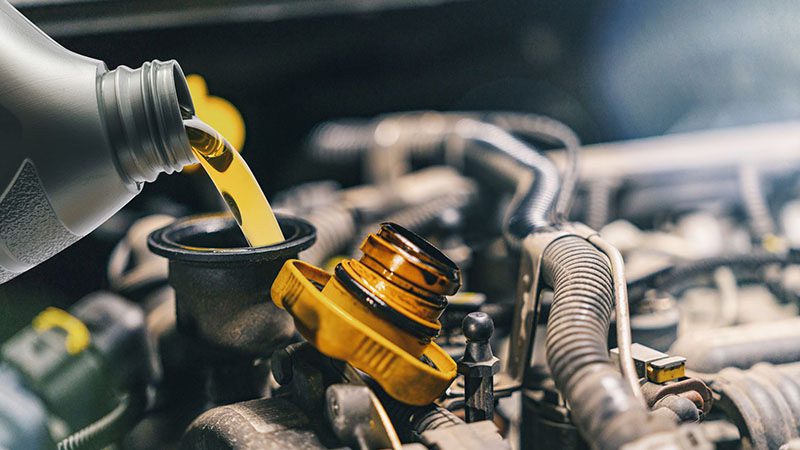
5. Versatility through Intelligent Engineering
The TurboMax adjusts to different road conditions. Your customers can take pleasure in –
- Performance is optimized across RPM ranges by variable valve timing and lift.
- Better fuel economy and cleaner combustion are guaranteed by direct injection.
- Under stress, a priority oil flow system safeguards vital components.
Negative Aspects of the Chevrolet TurboMax
1. Power in Comparison
Although the torque curve is strong, the 310 horsepower peak is not comparable to larger V8s. When compared to V8s, high-speed towing and mountain hauling may feel underpowered.
Due to turbo and displacement limitations, performance modifications are more restricted. Heavy payloads or off-road racing may strain the engine beyond its limits.
2. Long-Term Sturdiness
The TurboMax and other turbocharged engines experience distinct wear patterns, such as
- Carbon buildup: By causing deposits on intake valves, direct injection can cut airflow by up to 22% over 50,000 miles.
- Oil consumption: Especially when under load, many owners report using one quart every 1,000 to 1,500 miles.
- Stress on the turbocharger: Heat-related problems are frequent, particularly if the engine is abruptly stopped after hard driving.
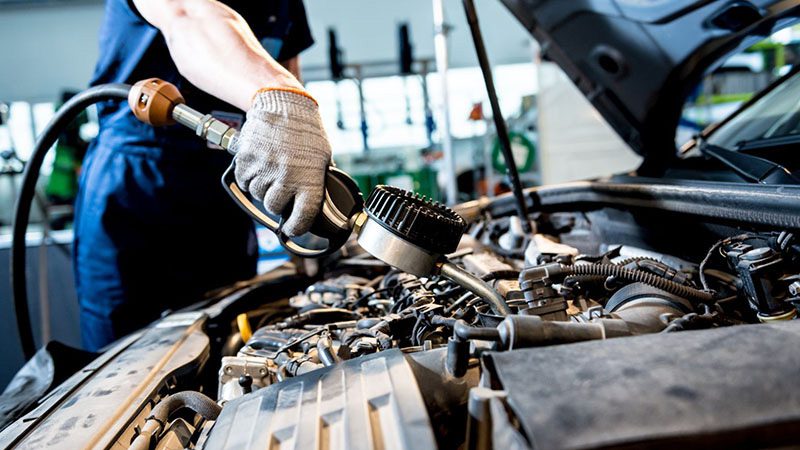
60% of turbo replacements are related to oil temperatures above 280°F, according to warranty data from 2023–2024. The main cause of these conditions is inadequate cooldown procedures.
3. Considerations for Maintenance
A more proactive maintenance schedule is required for the TurboMax. Various areas experience unique problems, such as
- Turbocharger: bearing wear and heat damage.
- Carbon accumulation in intake valves.
- AFM lifters: misfires and pin seizures.
- Galling and check valve failure in a high-pressure fuel pump.
- Timing chain: After more than 100,000 miles, wear.
While turbo replacements cost between $1,200 and $2,000, AFM lifter repairs can cost between $2,800 and $3,500.
Chevy TurboMax Engines in Well-Known Automobiles
1. The Silverado 1500 Chevrolet
- The following trims are equipped: LT, RST, LT Trail Boss, Custom, and WT (Work Truck).
- 310 horsepower at 5,600 rpm and 430 lb-ft at 1,500 rpm are the power outputs.
- Capacity to Tow: 9,600 lbs.
- Fuel efficiency: about 19 mpg (18 city and 21 highway).
2. The Chevrolet Colorado
- WT, LT, Trail Boss, Z71, and ZR2 trims are equipped.
- Similar to the Silverado, the power output is 310 horsepower and 430 lb-ft.
- Capacity to Tow: 7,700 lbs.
- Fuel efficiency: about 20 mpg (18 city and 22 highway).
3. Sierra 1500 GMC
- Pro, SLE, and Elevation trims are equipped.
- With a towing capacity of 9,600 lbs, it matches the Silverado.
- Payload: 2,240 pounds or more.
- Fuel Efficiency: approximately 19–20 mpg overall.
4. The GMC Canyon
- Since 2024, TurboMax has been the standard engine for all trim levels.
- Performance: 310 horsepower and 430 lb-ft.
- Capacity to Tow: 7,700 lbs.
- Combined fuel economy: about 21 mpg.

Comparison Table: TurboMax and Other Chevy Engines
| Features and Specifications | 2.7L TurboMax I4 | EcoTec3 V8 5.3L | EcoTec3 V8 6.2L | Duramax I6 3.0L Diesel |
|---|---|---|---|---|
| Type of Engine | Inline-4 Turbocharged | V8 (Naturally Aspirated) | V8 (Naturally Aspirated) | Diesel Inline-6 Turbocharged |
| Horsepower | 310 hp at 5,600 rpm | 355 hp at 5,600 rpm | 420 hp at 5,600 rpm | 305 hp at 3,750 rpm |
| Torque | 430 lb-ft @ 3,000 rpm | 383 lb-ft @ 4,100 rpm | 460 lb-ft @ 4,100 rpm | 495 lb-ft @ 2,750 rpm |
| Transfer | 8-speed automatic | 10-speed automatic | 10-speed automatic | 10-speed automatic |
| Powered by a turbocharger | Indeed | No | No | Yes |
| Fuel Type | Ordinary gasoline | Ordinary gasoline | Premium Recommended | Diesel |
| Maximum Capacity for Towing | 9,500 pounds | 11,300 pounds | 13,300 pounds | 13,300 lbs |
| Maximum Payload Capacity | 2,260 pounds | 2,240 pounds | About 1,870 pounds | About 1,870 pounds |
| EPA MPG (City / Highway / Combined) | 18 / 21 / 19 | 16 / 21 / 18 | 15 / 20 / 17 | 23 / 29 / 26 |
| Technology for Fuel Management | Active Fuel Management | Adaptive Fuel Control | Adaptive Fuel Control | Automatic Stop/Start |
| Complexity of Maintenance | Moderate | Low | Moderate | High |
| Initial Expense | Lowest (usually found on most trims) | +$1,500–$2,000 upgrade | +$2,500–$3,500 upgrade | +$3,000–$4,000 upgrade |
| Ideal Use Case | Light towing combined with daily driving | Reliability and towing in balance | Performance plus heavy towing | Economy combined with long-distance hauling |
Chevrolet TurboMax Upkeep and Care
1. Management of Oil
Particularly when under load, many owners report burning one quart every 1,000–1,500 miles. Under high boost, it is brought on by PCV system limitations and piston ring wear.
Only use Dexos1 Gen 3 5W-30 synthetic oil. Reduce the frequency of oil changes from the factory’s 7,500 miles to 5,000 miles. Instead of checking oil levels every month, do so every week. Maintain the dipstick’s oil level between 25 and 75%.
2. Protection of Turbochargers
After shutdown, oil cokes on the hot turbo bearings. Additionally, compressor surges during aggressive acceleration or at high altitudes.
After using the highway or towing, let the engine idle for 30 to 60 seconds. For automatic cooldown, think about installing a turbo timer. Watch for whistling or fluttering sounds—signs of turbo stress.
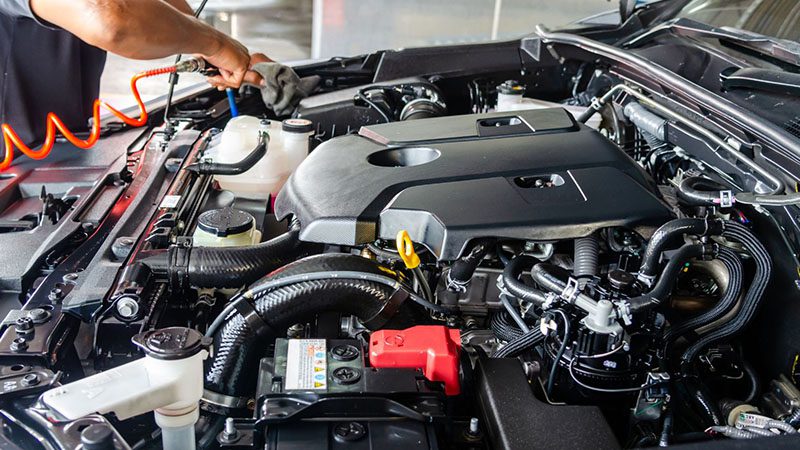
3. Preventing Carbon Buildup
Carbon deposits on intake valves are a result of direct injection. By 50,000 miles, it cuts airflow by 18–22%, which results in rough idle and misfires.
To capture vapor before it reaches the intake, install an oil catch can. Make use of premium gasoline that contains detergent additives. Every 50,000 miles, clean the intake valve. Do “Italian tune-ups” (long-term high RPM driving) from time to time.
4. AFM, or Active Fuel Management
AFM lifters are vulnerable to oil starvation and pin seizure. It may result in power outages, ticking sounds, and misfires.
Regular oil changes upon checking the pressure is mandatory. If out of warranty, take into account AFM disablement (where legal). Make frequent changes and use high-quality oil.
5. Maintenance of the Fuel System
Inconsistent flow can lead to fuel injector failure. Poor lubrication causes wear on high-pressure fuel pumps (HPFPs).
Reduce deposits by using premium fuel. If there is poor acceleration or rough idle, replace the injectors. Keep an eye out for P0087 codes (low fuel rail pressure) or prolonged cranking.
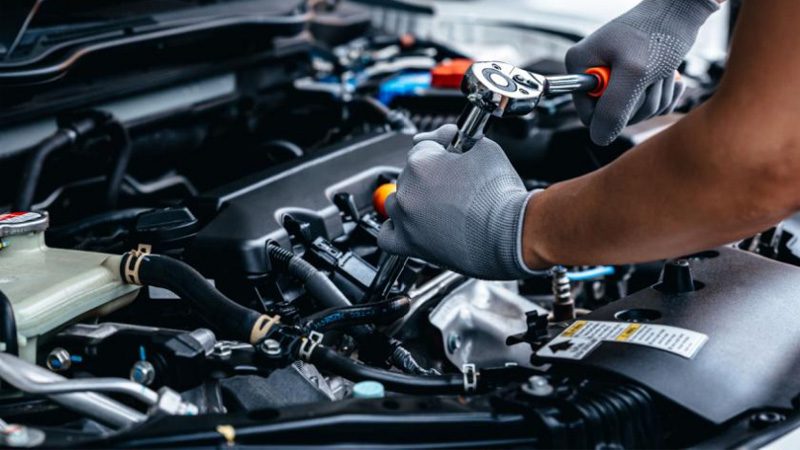
6. Cooling System and Timing Chain
After more than 100,000 miles, the timing chain begins to wear. Coolant loss and cylinder head warpage can result from overheating.
Examine timing elements every 100K. Active thermal management requires a thermostat set to 180°F. If you tow a lot, upgrade your cooling system.
When Should I Pick or Recommend the Chevrolet TurboMax?
1. For Infrequent (Occasional) Hauling or Towing
Owners of Silverados say they have no trouble towing boats and mid-size campers, especially when equipped with rear-wheel drive. TurboMax is a wise compromise if you tow occasionally or for work but don’t require diesel-grade torque on a daily basis.
2. For Greater Fuel Efficiency Compared to a V8
Compared to larger V8s, TurboMax engines can save up to 25% on fuel, particularly when driving in cities and with light loads. It’s perfect for fleet managers or commuters who want to cut fuel expenses without compromising performance.
3. For Power Without Expense
Depending on trim and dealer pricing, choosing TurboMax over a V8 can result in an upfront cost savings of $1,500 to $2,800. TurboMax offers performance and value if you’re on a tight budget but still want a sophisticated, powerful engine.
4. For a Comfortable Driving Experience
Owners commend the engine for its responsive acceleration and quiet operation, particularly when driving in urban areas. You’ll notice the improvement right away if you’re upgrading from an older V6 or V8.

Commonly Asked Questions (FAQs)
What is the engine of the Chevrolet TurboMax?
For Chevy trucks, the TurboMax is a 2.7L inline-four turbocharged engine. With 310 horsepower and 430 lb-ft of torque, it performs similarly to a V8 while using less fuel.
Does the TurboMax engine run on diesel or gasoline?
The engine runs on gasoline. It uses ordinary unleaded fuel, despite its torque-rich performance. TubroMax is therefore more affordable and widely available than diesel substitutes.
Is the TurboMax engine dependable?
Indeed. When properly maintained, the majority of owners report trouble-free performance. AFM lifter wear and fuel injector recalls are a couple of controllable issues.
What is TurboMax’s fuel efficiency?
According to EPA estimates, the TurboMax engine gets 19 mpg overall (18 city and 21 highway). Actual mileage may differ, particularly when driving aggressively or with a heavy load.
Is Active Fuel Management (AFM) a feature of the TurboMax engine?
Indeed. It has AFM, which reduces fuel consumption by turning off cylinders when driving lightly. However, if oil changes are neglected, AFM lifters may be more likely to wear down.
Conclusion
Making the switch to Chevrolet TurboMax will result in a significant improvement in truck performance. Whatever the use, TurboMax provides the power, effectiveness, and elegance needed to meet modern demands. High torque, fuel efficiency, smooth driving, and tough capability are all made possible by TurboMax.
Woda Auto Technology Can Get Pristine TurboMax for Your Business
For 25 years, Woda Auto has dominated the market for auto parts. Your business needs can be effectively met by our products, services, and expertise. To maximize TuborMax output for your business, get in touch with us.
